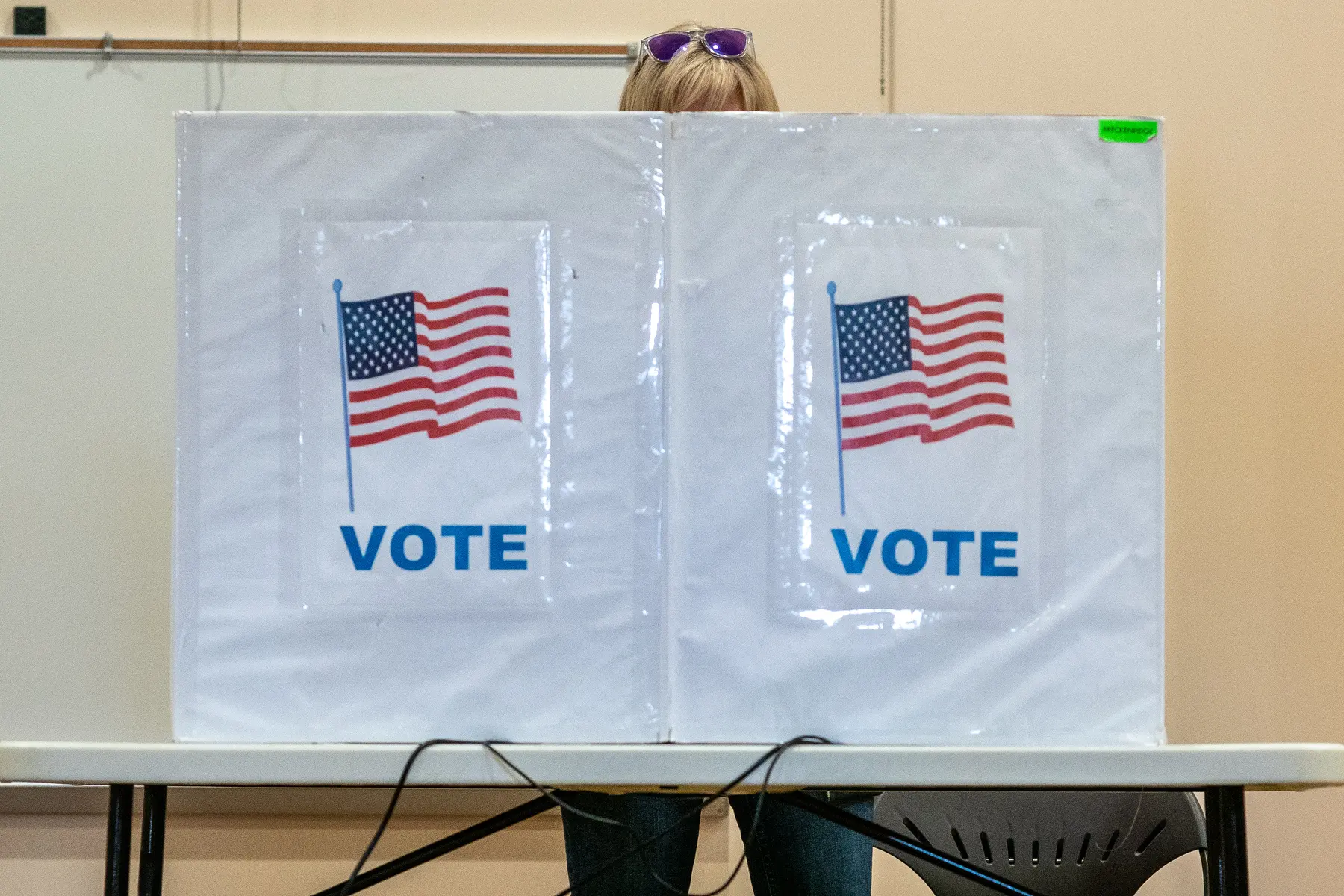Navigating the Complexities of Polling in Ranked-Choice Elections
Navigating the Complexities of Polling in Ranked-Choice Elections
by Gotham Polling

Ranked-choice voting (RCV)is reshaping electoral landscapes across the United States, offering voters the opportunity to rank candidates by preference rather than selecting a single option. While this system promises a more nuanced reflection of voter intent, it introduces significant challenges for pollsters aiming to capture accurate snapshots of electoral sentiment. At Gotham Polling & Analytics, we’ve developed methodologies to navigate these complexities, ensuring our clients receive reliable insights even in the most intricate electoral environments.
Understanding Ranked-Choice Voting
In traditional plurality elections, the candidate with the most votes wins, regardless of whether they achieve an absolute majority. RCV, however, allows voters to rank candidates in order of preference. If no candidate secures more than 50% of first-choice votes, the candidate with the fewest votes is eliminated, and their votes are redistributed to the voters’ next choices. This process continues until a candidate achieves a majority. RCV is utilized in various jurisdictions, including cities like San Francisco and states like Maine, aiming to promote majority support and reduce the need for runoff elections.
The Challenges of Polling in RCV Elections
Polling in RCV elections is inherently more complex than in traditional elections due to several factors:
1. Capturing Full Voter Preferences:
Traditional polling often focuses solely on a voter’s first-choice candidate. However, RCV requires understanding the full spectrum of voter preferences, including second, third, and subsequent choices. Without this comprehensive data, simulating the elimination and redistribution process central to RCV becomes speculative at best.
2. Simulating RCV Rounds Accurately:
Many pollsters attempt to simulate RCV outcomes by collecting only first-choice data and then making assumptions about how votes would transfer in subsequent rounds. This approach is fraught with inaccuracies, as it fails to account for the complexities of voter behavior and preference distribution.
3. Educating Respondents:
Given that RCV is relatively new in many areas, voters may be unfamiliar with the ranking process. Ensuring that survey respondents understand how to rank candidates and the importance of providing multiple preferences is crucial for collecting valid data.
Best Practices for Polling in RCV Elections
To address these challenges, Gotham Polling & Analytics adheres to several best practices:
1. Comprehensive Survey Design:
Our surveys prompt respondents to rank all candidates, capturing a complete picture of voter preferences. This approach allows for accurate simulations of each RCV round, reflecting how votes would transfer in actual elections.
2. Voter Education:
We include clear instructions within our surveys to ensure respondents understand the ranking process. This not only improves the quality of our data but also familiarizes voters with the RCV system, contributing to more informed electorates.
3. Advanced Analytical Techniques:
Utilizing sophisticated statistical models, we analyze the collected data to simulate RCV rounds accurately. This includes accounting for factors such as voter turnout, demographic influences, and historical voting patterns.
Case Study: NYC Mayoral Democratic Primary Poll
Our recent poll for the New York City Mayoral Democratic Primary in February 2025 exemplifies our commitment to these best practices. We surveyed1,653 registered Democratic voters, asking them to rank the candidates in order of preference. This comprehensive data collection enabled us to simulate the RCV process accurately, revealing that former Governor Andrew Cuomo held a significant lead, securing 51%in the final round. In contrast, many other polls only surveyed for first-choice preferences, leading to less reliable projections.
The Strategic Importance of Lower Rankings
In crowded races, securing second, third, or even fourth-choice rankings can be pivotal. Candidates who may not lead in first-choice votes can accumulate substantial support through subsequent preferences, positioning themselves as consensus choices as other candidates are eliminated. This dynamic underscores the necessity for campaigns to appeal broadly and for pollsters to capture the full range of voter preferences.
Conclusion
Ranked-choice voting presents unique challenges for accurate polling, demanding more sophisticated methodologies and a deeper understanding of voter behavior. At Gotham Polling & Analytics, we pride ourselves on our ability to navigate these complexities, providing our clients with insights that are both accurate and actionable.
As RCV continues to gain traction, the importance of comprehensive polling practices cannot be overstated. After all, in the world of ranked-choice elections, it’s not just about being the first choice—it’s about being the right choice across the board.

